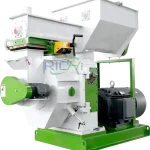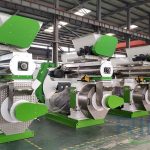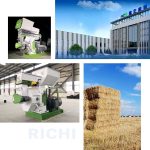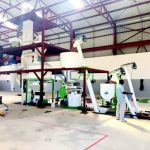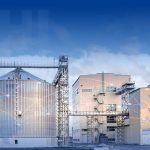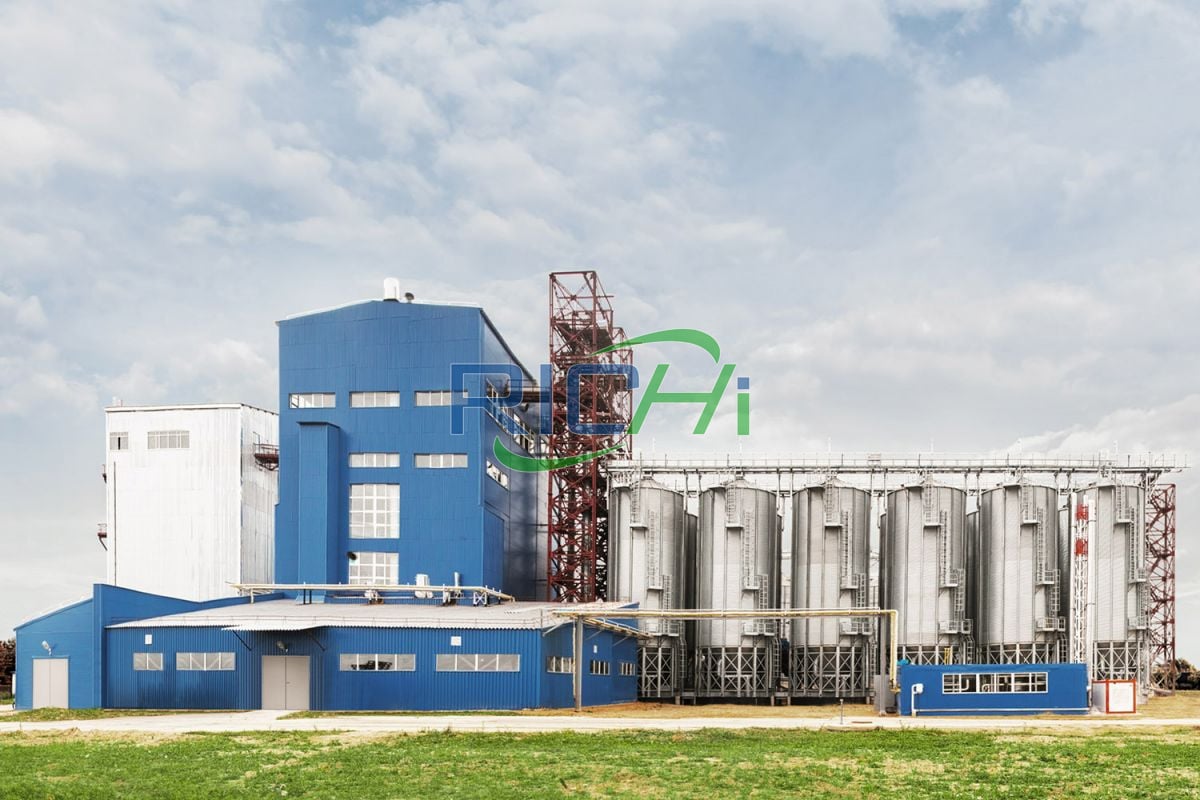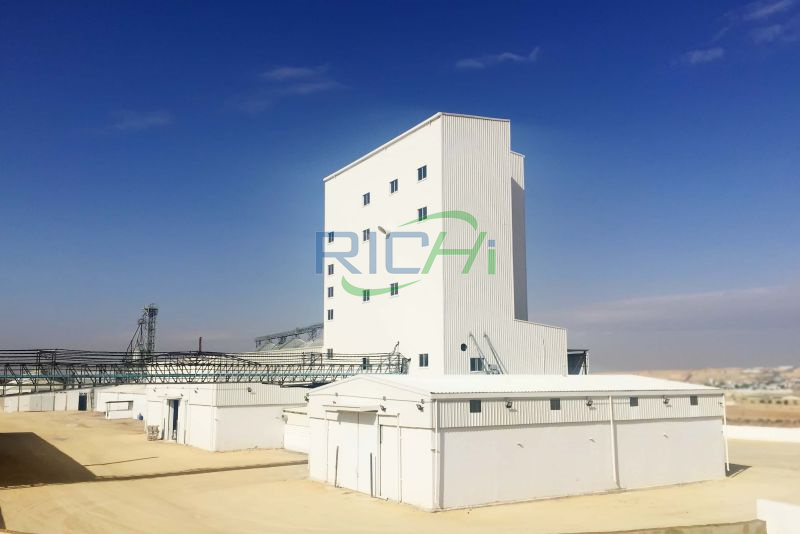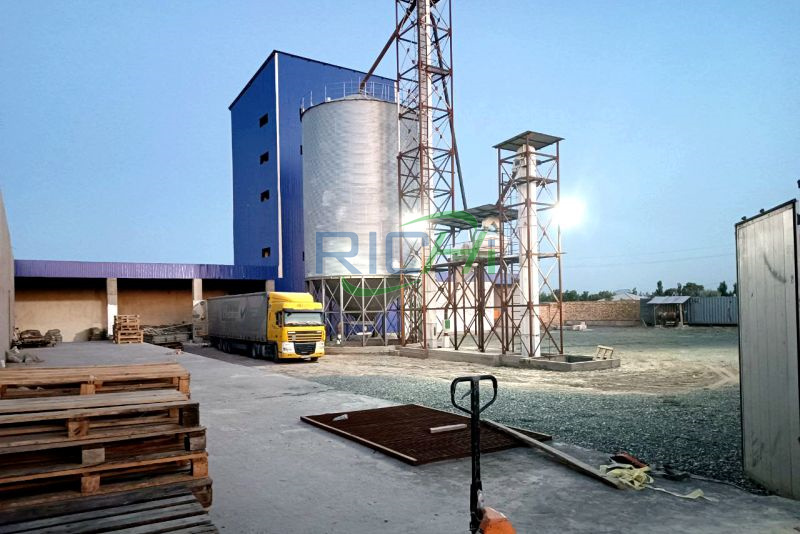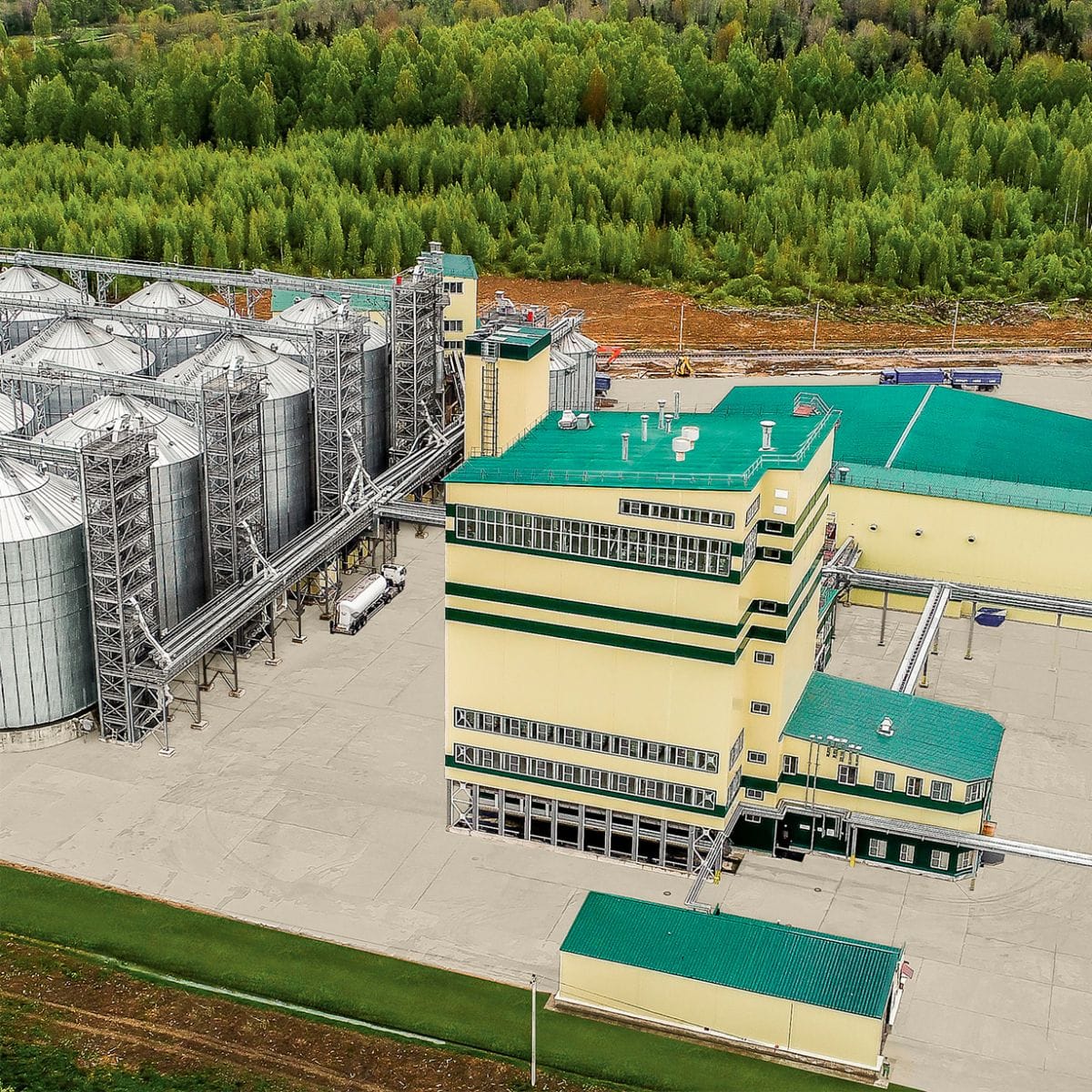In the ever-evolving landscape of modern agriculture, the poultry feed production line stands as a crucial component, fueling the growth and sustenance of one of the world’s most important protein sources. This intricate system, a symphony of machinery and precision, plays a pivotal role in ensuring the health and productivity of poultry flocks worldwid
The Importance of Poultry Feed
Poultry, encompassing chickens, turkeys, ducks, and other domesticated fowl, are a vital source of protein for billions of people across the globe. Their meat and eggs provide essential nutrients, making them a staple in countless diets. However, the success of poultry farming hinges on the quality and composition of the feed they consume.
Poultry feed is a meticulously formulated blend of grains, proteins, vitamins, minerals, and other essential nutrients tailored to meet the specific dietary requirements of different poultry species and their growth stages. Ensuring a balanced and nutritious diet is crucial for maintaining the birds’ health, promoting optimal growth, and maximizing egg and meat production.
The Journey of Poultry Feed Production
The poultry animal feed production line is a complex and highly automated process, designed to efficiently transform raw ingredients into a finished product that meets stringent quality standards. The journey begins with the procurement of high-quality raw materials, such as corn, soybean meal, wheat, and various supplements.
Raw Material Handling and Storage
Upon arrival at the feed mill, the raw materials undergo rigorous inspection and quality control measures to ensure they meet the required specifications. Once approved, they are stored in dedicated silos or bins, carefully monitored for temperature, moisture, and pest control.
Grinding and Mixing
The next stage involves grinding the raw materials into a fine powder or meal, using powerful hammer mills or roller mills. This process ensures uniform particle size, which is essential for efficient digestion and nutrient absorption by the poultry.
The ground materials are then precisely weighed and blended in massive mixers, following carefully calculated formulations. These formulations are meticulously designed by nutritionists and feed experts to meet the specific nutritional requirements of the target poultry species and their growth stage.
Pelleting and Cooling
After mixing, the feed mixture undergoes a process called pelleting, where it is compressed by pellet machine, under high pressure and heat into small, cylindrical pellets. Pelleting not only improves feed handling and reduces waste but also enhances the digestibility and palatability of the feed for the birds.
The hot pellets are then cooled rapidly using specialized cooling systems to prevent nutrient degradation and maintain their structural integrity.
Quality Control and Packaging
Before the final product is packaged and distributed, it undergoes stringent quality control measures to ensure it meets all regulatory standards and nutritional specifications. Samples are analyzed for nutrient content, moisture levels, and potential contaminants.
Once approved, the feed is packaged in various formats, such as bags or bulk containers, ready for distribution to poultry farms and feed retailers.
Technological Advancements and Sustainability
The poultry feed production line has undergone significant technological advancements in recent years, driven by the need for increased efficiency, precision, and sustainability. Automated systems, computerized formulation software, and advanced monitoring technologies have streamlined the entire process, reducing waste and ensuring consistent quality.
Moreover, the industry has embraced sustainable practices, such as utilizing byproducts from other industries as feed ingredients, implementing energy-efficient equipment, and exploring alternative protein sources like insect meal or algae.
The Future of Poultry Feed Production
As the global population continues to grow and the demand for poultry products rises, the poultry feed production line will play an increasingly vital role in meeting this demand. Ongoing research and innovation will focus on optimizing nutrient utilization, exploring novel feed ingredients, and enhancing the overall sustainability of the production process.
Additionally, the integration of advanced technologies, such as precision nutrition and data analytics, will enable more personalized and targeted feed formulations, further improving poultry health, productivity, and environmental impact.
In conclusion, the poultry feed production line is a critical component of the modern farming industry, ensuring a steady supply of high-quality feed for the billions of poultry birds that provide essential protein to the world’s population. Through continuous innovation, technological advancements, and a commitment to sustainability, this intricate system will continue to evolve, meeting the ever-increasing demands of a growing global population while promoting animal welfare and environmental stewardship.

